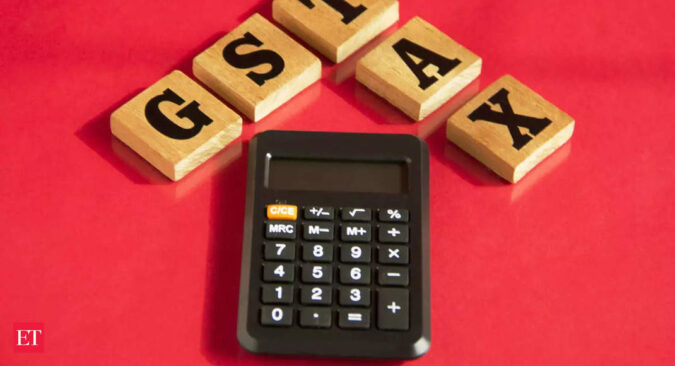Currently, there are 1.38 crore registered businesses and professionals under the Goods and Services Tax (GST), which was launched on July 1, 2017. Businesses in manufacturing and services sectors with annual turnover of more than Rs 40 lakh and Rs 20 lakh, respectively are required to register themselves under the GST and file tax returns.
“We will be doing data triangulation based on the information available with the I-T department. If as per the analysis, the entities which should be paying taxes under GST are not doing so, then initially we will be sending a gentle inquiry,” an official told PTI.
The data analysis will focus on those entities which are not exempt and are required to register under the GST and file returns, either monthly or quarterly. After identifying the entities which are not complying with the GST law, the GST department will communicate to them at their registered place of business asking them the reasons for non-compliance.
The official further said that the data analysis wing will also sift through the quarterly and annual data filed by businesses with the Ministry of Corporate Affairs to find out if any GST evasion is taking place.
Matching of the I-T department and GST data would be the first phase, followed by MCA filing matching, the official said. “We will soon start with matching the Income Tax data,” the official said.
Several services sectors, including recognised educational institutions, agriculturists, electricity transmission or distribution companies, medical services by clinics are exempt from GST.Total number of Goods and Services Tax (GST) evasion cases has gone up this fiscal with 13,492 cases detected till February, up from 12,574 cases last fiscal and 12,596 cases in 2020-21, as per data disclosed by the Finance Ministry to Parliament.
The total evasion detected between July 2017 to February 2023 stood at close to Rs 3.08 lakh crore, of which over Rs 1.03 lakh crore has been realised. GST authorities have arrested 1,402 persons for evading taxes in the last five-and-a-half years.
The tax department has been using robust data analytics and artificial intelligence to identify and track risky taxpayers and detect tax evasion; sharing of data with partner law enforcement agencies for more targeted interventions; and mandatory Aadhaar-based authentication for new GST registrations as well as centralised suspension of registrations of registered persons who default in timely filing of returns.
With the anti-evasion measures and improved compliance, the monthly GST revenues have come in more than Rs 1.4 lakh crore for 12 months straight in a row. GST revenues were over Rs 1.49 lakh crore in February.
A nationwide GST, which subsumed 17 local levies like excise, service tax and VAT and 13 cesses, was rolled out on July 1, 2017.
AMRG & Associates Senior Partner Rajat Mohan said connecting GST numbers with the filings under income tax law and corporate laws will bump up the data points available for big data analytics. This will help in swifter identification of the short payment of taxes.
“Government agencies are scurrying towards converging different data sources to enhance compliance levels across all platforms,” Mohan said.
